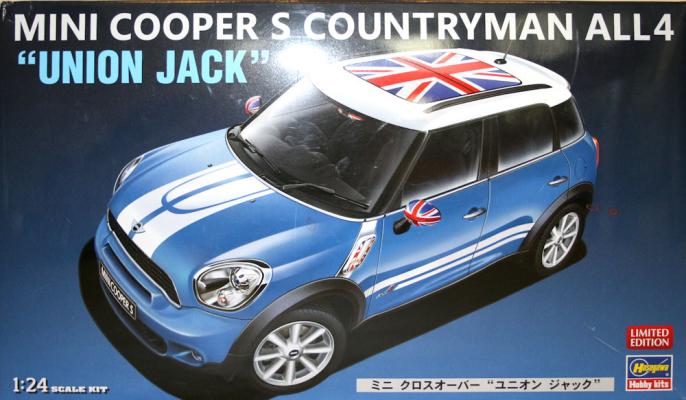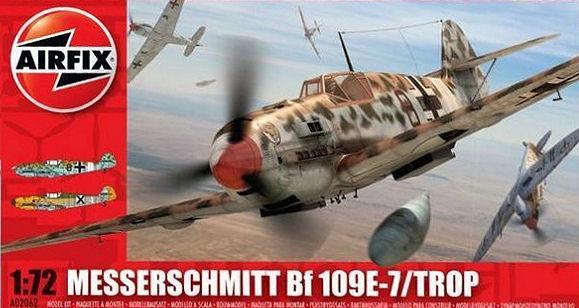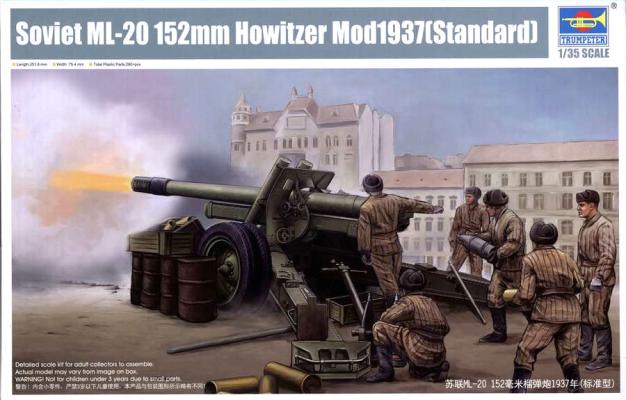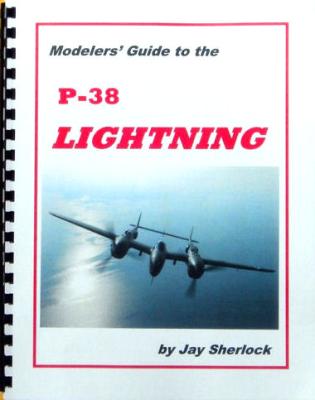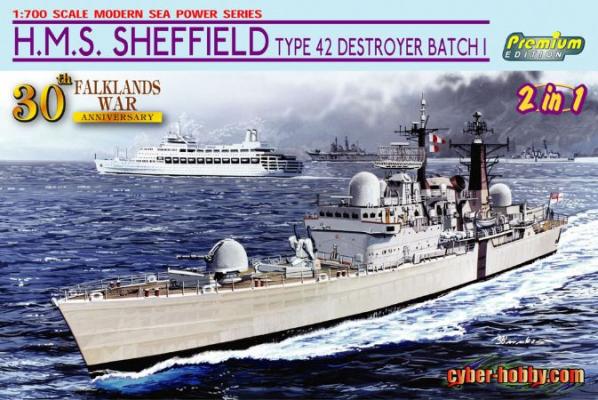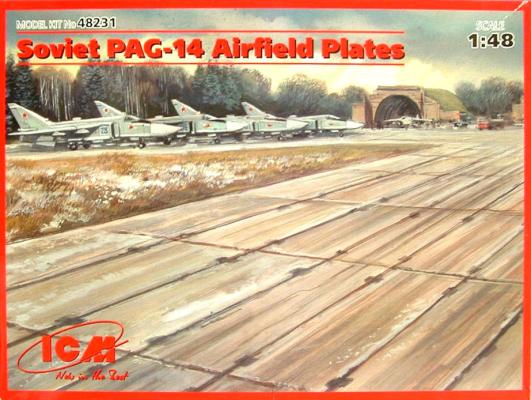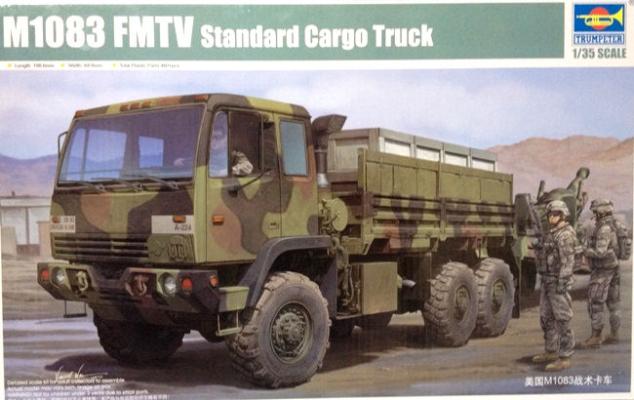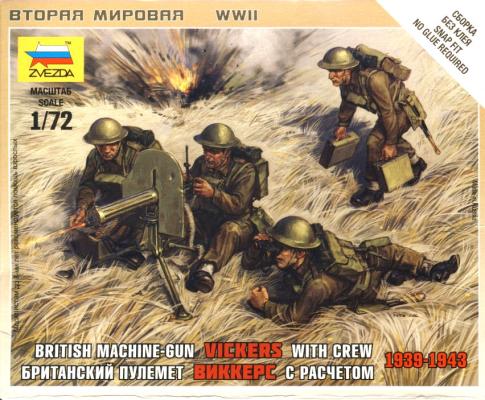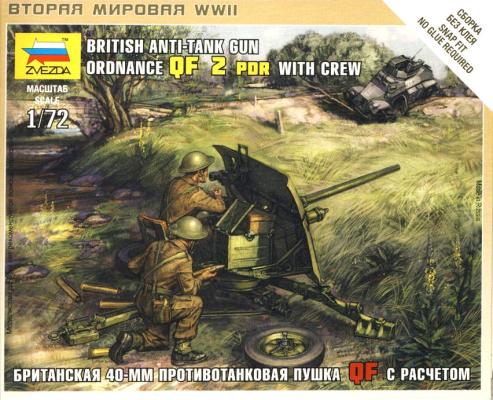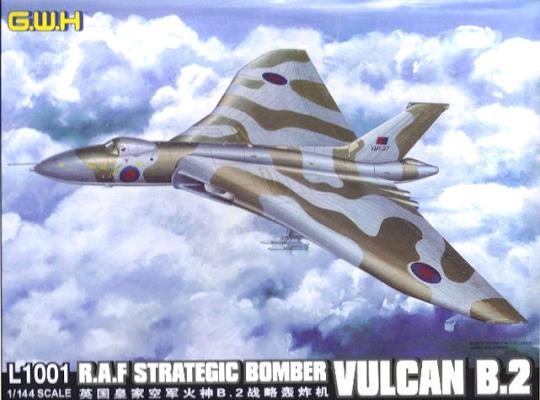History
The new Mini Cooper launched in the US in 2001 and was instant hit with American car buyers. In 2010, BMW introduced the fourth and, to date, the largest addition to the Mini line, The Mini Cooper S Countryman All-4. The Mini Countryman is the first in the Mini series to feature a five-door hatchback design and four-wheel drive. In the styling motto of “as many different MINI’s as there are drivers”, the Countryman is available in a variety of color options, including the “UNION JACK” which features a flag design on the roof and mirrors.

